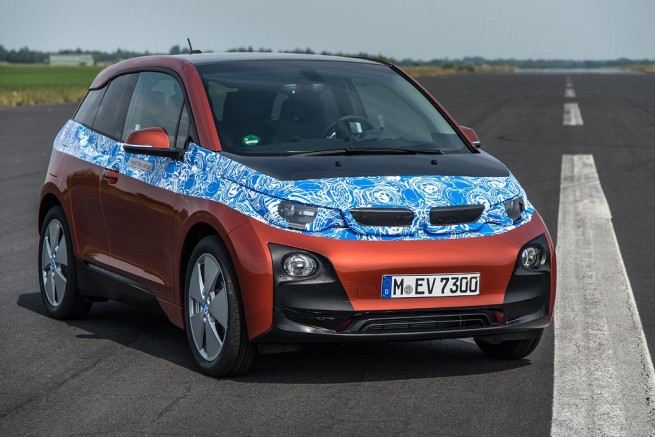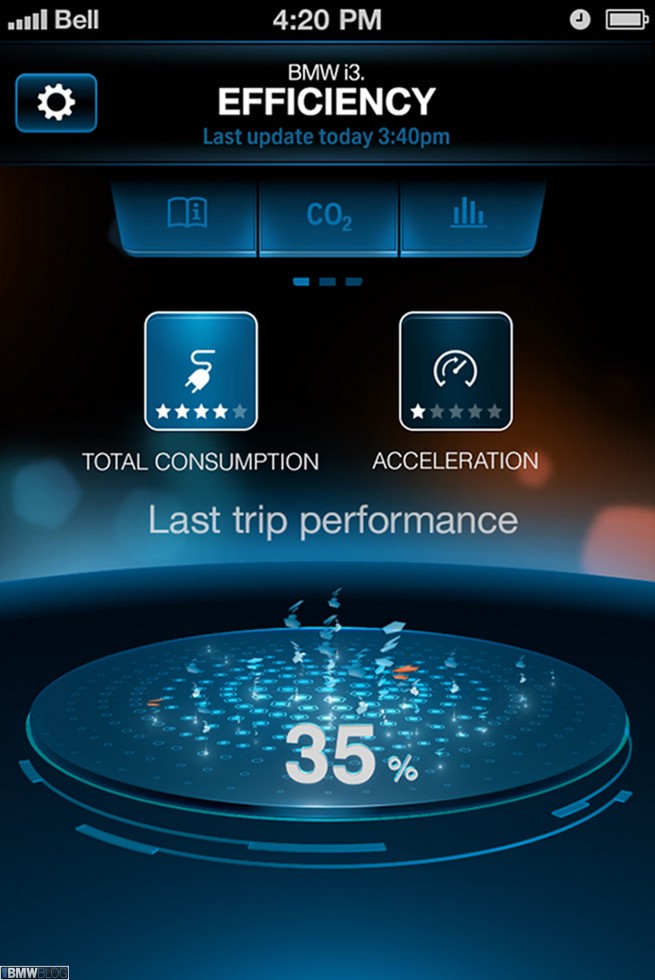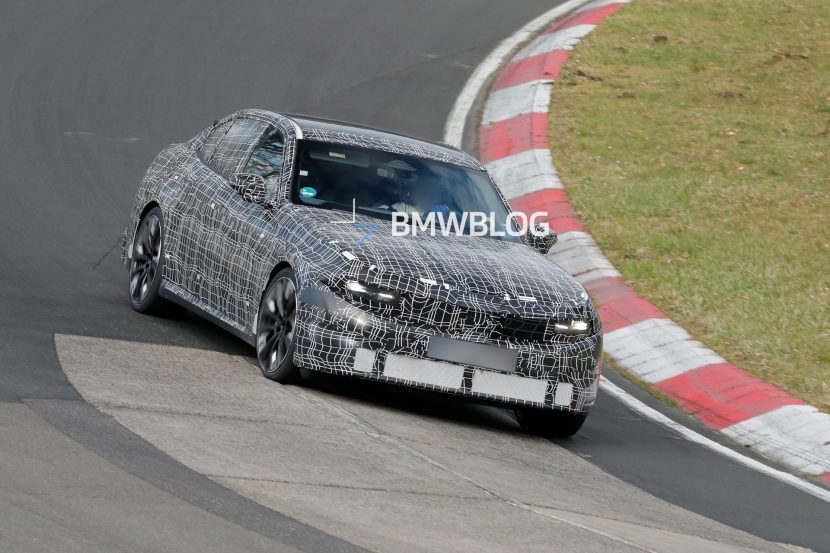At the end of July BMW will unveil (fully) their i3 – the first of the sub-brand to market, with the i8 not too further out. BMW has had journalists in the driver’s seats of the i3 recently (BMW i3: First Drive) and those reports are starting to trickle in and they confirm what BMWBLOG has suspected. This, while an eco-friendly electric vehicle, is still a BMW. The praise for the vehicles performance and handling underscores the attention BMW has paid to getting this vehicle ‘right’.
In discussing this car on numerous occasions with BMW personnel, it was always mentioned that this was a ground up build of an electric vehicle, and not an adaptation of an existing IC engined car for electric drive. BMW was adamant that they were not going to take the easy route and re-purpose an existing platform for the job. Instead they pioneered a process for forming carbon fiber re-reinforced plastic that significantly reduces time and energy inputs to create. That in turn allows for a significant reduction in weight.
The keys to perceived electric vehicle performance are range, rate of ‘refueling’, and acceleration. The rate of ‘refueling’ (re-charging) is dependent on the battery technology selected and currently Li-ion is the technology of choice. Range and acceleration are two sides of a coin. You can increase one at the expense of the other. What BMW has done is reduced weight (there is an approximately 670 lb weight difference between the Nissan Leaf and the BMW i3 for example) and that allows for the electric motor to be given a bit more room to shine and still allows the i3 to have a useful range.
Electric motors have been around for almost two centuries. And BMW builds their own, utilizing a hybrid synchronous design. The electric motor used is good for 170 HP and utilizes a single speed gearbox (to reduce revs to road speeds). The maximum speed of the i3 is restricted to 93 mph (150 km h) for power conservation purposes. One suspects that there is no reverse gear, rather the motor is spun in the opposite direction. There have to be a couple of lines of code that limit the speed in ‘Reverse’ to less than 93 mph though. Too bad . . .
Referring to the Nissan Leaf again, the Leaf utilizes a 107 HP electric motor, a 24 kw h battery pack, and achieves a 75 mile range. The i3 utilizes a more potent 170 HP motor, a smaller 22 kw h battery pack, and yet has a range at or greater than 80 miles (80 to 100 in BMW’s estimation). In addition where the Leaf takes almost 10 seconds to reach 60 mph, the i3 will get to 60 from a standstill in around 7 seconds. That is the beauty of less weight. And again it is BMW’s investment in state of the art carbon fiber production processes that allow for this.
Another facet of the i3 that will be novel for many is the interconnectedness of the vehicle with its surroundings. From the press release BMW says, “(The) i3 is the world’s first fully networked electrically powered car. No other model boasts such far-reaching exchange of information between the vehicle, its driver and the outside world. An embedded SIM card in the BMW i3 is the key that unlocks BMW ConnectedDrive services available to the new electric model. For
example, it introduces navigation services specially developed to enhance electric mobility alongside familiar features including the Concierge Services information facility and the intelligent BMW Assist TM eCall. Moreover, drivers can use the BMW i Remote app to share information with their car at any time using their smartphone. The pedestrian navigation function guides the driver from parking place to final destination and back, while BMW ConnectedDrive also offers unique intermodal route guidance as a world first, which incorporates local public transport connections into journey planning. The aim of this intelligent networking is to enable maximum driving pleasure in a car emitting zero driving emissions.
“BMW ConnectedDrive services specifically designed for BMW i focus on the areas of navigation and energy management. Range Assistant is engaged both for route planning and during journeys already under way. If the destination programmed into the navigation system is beyond the car’s range, the system suggests switching to ECO PRO or ECO PRO+ mode and calculates a more efficient route. If the driver needs to charge the battery at a public charging station, a list of available stations in the area is displayed. The navigation system of the BMW i3 also comes with a dynamic range display, which supplies drivers with exceptionally precise, up-to-date and reliable information on whether there is sufficient charge to reach their destination and, if so, how much power
will remain at the end of the journey. Many factors affecting range are considered in the calculation process, which is carried out on a BMW server and sent to the navigation system via the SIM card installed in the car. The range readout, presented in the form of a spider map on the navigation system in the central information display, is extremely clear.” This is getting into what a mere decade ago would have been science fiction.
Then there is one other item that bears some thought. With the i3 and the i8 BMW will have a good start to a set of vehicles in the sub-brand. What if we view the sub-brand in much the same way as M. There is an M3, M5, M6, and soon to be M4. And then there are the M branded M135i, M335i, etc. What if the same thinking was applied to the hybrid vehicles currently in BMW’s model range. If they are equipped with similar low rolling resistance wheels and tires as the i3/i8, additional aerodynamic tweaks, and specialized EcoPro modes you’d enhance their fuel economy and and allow them to utilize the sub-brand designation. You could end up with an i320d for example, or an i116i. The mind boggles.
Regardless, the i3 just may be the car that moves electric vehicles from the periphery into the mainstream.









































































